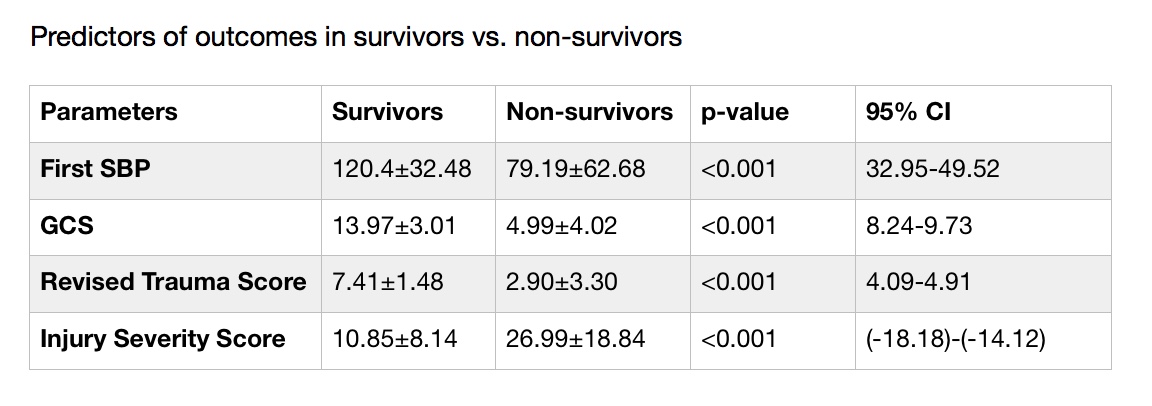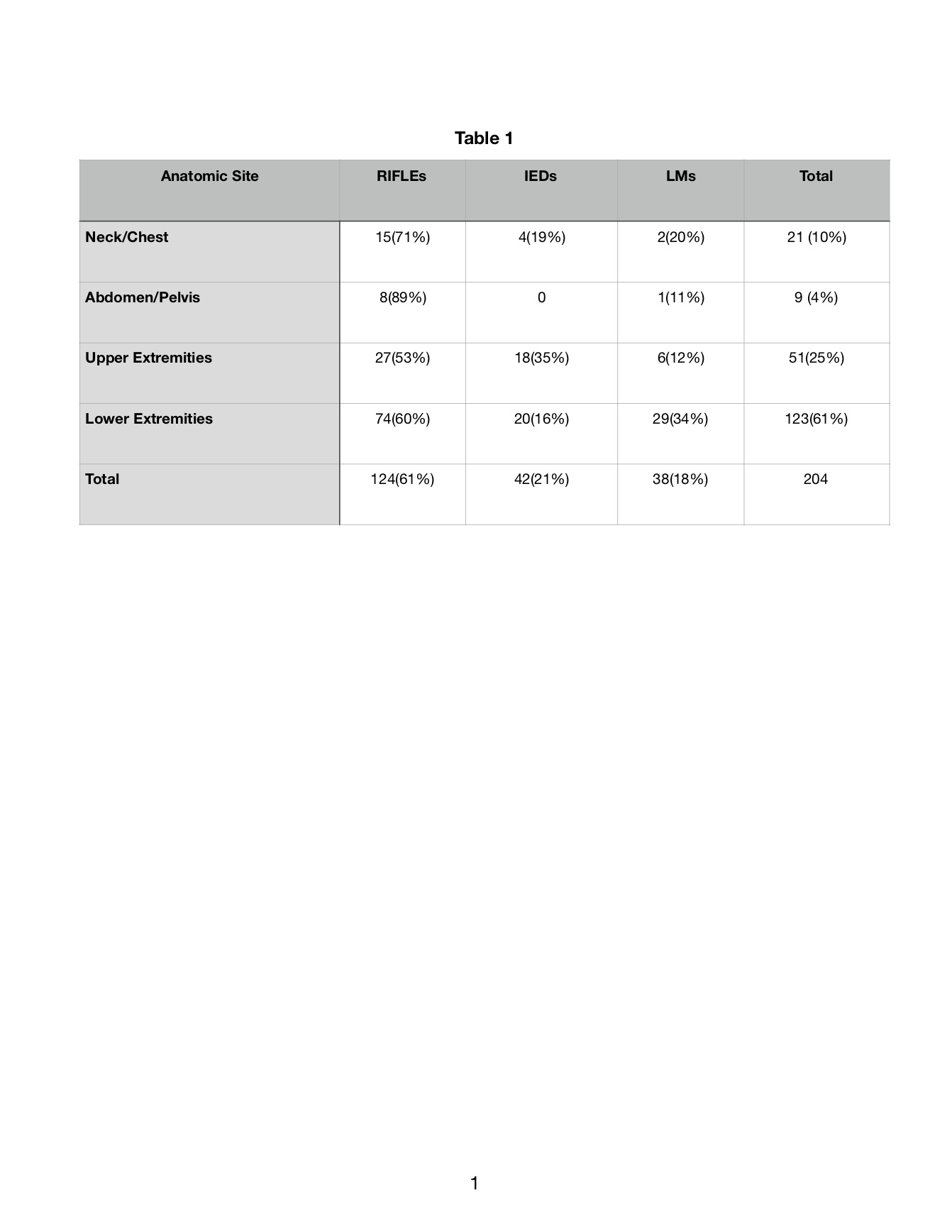P. Gunasekar1, J. Dabestani1, D. K. Agrawal1, J. A. Asensio1 1Creighton University Medical Center,Department Of Surgery, Div. Trauma Surgery, Department Of Clinical & Translational Science,Omaha, NE, USA
Introduction:
Neointimal hyperplasia and restenosis following interventional procedures, including percutaneous transluminal coronary angioplasty (PTCA) and intravascular stenting still remain a significant clinical problem. These interventional procedures cause endothelial denudation and damage to intimal and medial layer which stimulates intimal smooth muscle proliferation and extracellular matrix deposition resulting in intimal hyperplasia (IH) and restenosis. Vascular sterile inflammation has been attributed to the formation of IH. Cathepsin L (CTSL), a member of lysosome protease, is highly associated with diet-induced atherogenesis and IH in animal studies. Vitamin D regulates several proteases and protease inhibitors in different cell types, contributing to its regulatory effects of cell physiology. In our study, we examined the effect of vitamin D on CTSL activity in the coronary arteries of atherosclerotic swine.
Methods:
Yucatan microswine were fed with a high cholesterol atherosclerotic diet. The swine received approximately 500 IU of vitamin D3/per day on the vitamin D-deficient diet, 2,500-3,500 IU of vitamin D3/per day on vitamin D-sufficient diet, and 4,500-5,500 IU of vitamin D3/per day on the vitamin D-supplement diet. After 5-6 months of the experimental diet, PTCA (percutaneous transluminal balloon angioplasty) was performed in the left circumflex coronary artery (LCX) in each swine. After a year of the diet, angiography and optical coherence tomography (OCT) imaging were performed and swine euthanized. Coronary arteries were embedded in methyl methacrylate or paraffin. Tissue sections were stained with H&E, trichrome, and Movat’s pentachrome. The expression of Ki67 (proliferation marker), CCR7 (Macrophage marker), Cathepsin L (lysosomal proteases) was evaluated by Immunofluorescence and Immunohistochemistry.
Results:
There was significantly greater density of Ki-67+ cells in post angioplasty LCX in vitamin D-deficient swine compared to vitamin D-sufficient swine and vitamin D-supplemented swine. CCR-7 was found to be higher in vitamin D deficient than vitamin D-sufficient swine and vitamin D-supplemented swine. CTSL expression and its activity were significantly increased in post angioplasty LCX of vitamin D-deficient swine than the supplemented swine.
Conclusion:
Cathepsin L drives IH and macrophage infiltration in coronary arteries after angioplasty in atherosclerotic swine. These findings suggest that vitamin D inhibits CTSL and thus has direct effect on neointimal hyperplasia after coronary intervention.




